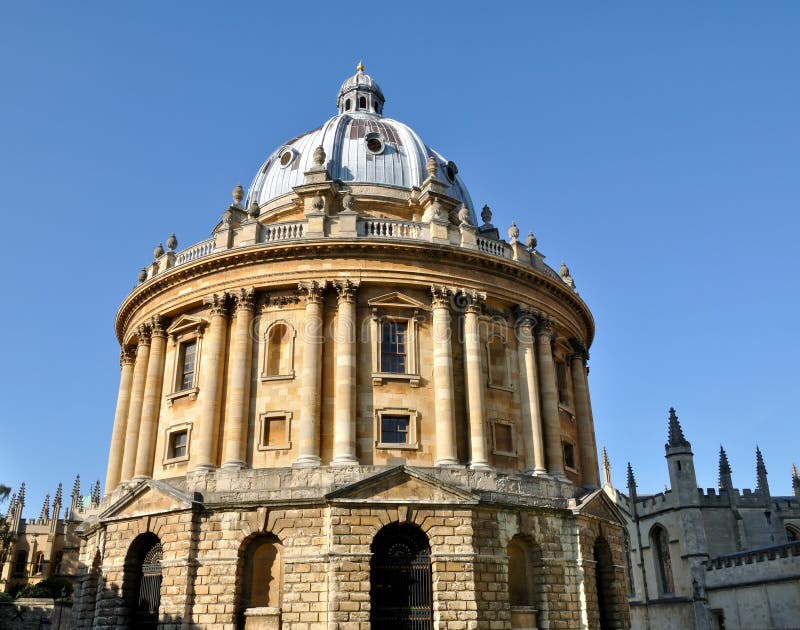


I can’t make much sense of the archaic script but the pictures are amazing – they include a page of Roman theatrical masks, as imagined by a medieval monk. It is equally beguiling to come across a manuscript of plays by the Roman writer Terence that was copied in the 12th century. I am never going to learn Hebrew now but it’s entrancing to look at venerable Jewish books in the Bodleian virtual library. Photograph: Bodleian Libraries, University of Oxford Instead the beauty is in the Hebrew words themselves and the chunky, opulent letters that preserve this precious testimony of European culture. Shir ha-yiḥud (1301-1350) There are none of the colourful illuminations of medieval Christian manuscripts in this 14th-century copy of a Jewish hymn. That is to say, this way of consulting a library replaces reading with seeing. It is like something out of a story by the librarian and fabulist Jorge Luis Borges in which all the great books and philosophies of the world have become one walk-through art gallery, their strange languages fusing into brilliant illuminations. Instead of an arduous activity undertaken by determined scholars, visiting the digital Bodleian is a pleasant browse through the virtual past that all of us can undertake. You can do all the online things people love to do online, from assembling your own collection of favourites to taking a selfie with Cicero (except the latter), but the most intriguing aspect of this and other digital rarity collections is that it changes the nature of research. Oxford’s Bodleian, one of Europe’s greatest and oldest libraries, is the latest to do so with digital.bodleian giving users unprecedented opportunities to browse precious volumes and their wondrous illustrations from our armchairs, if anyone still has armchairs, or cafe stool or even in a punt (it’s Oxford after all). The environmental data loggers are linked to an automatic monitor that will notify staff if there's a change in the temperature or humidity.One way libraries are opening their secret worlds to everyone is by putting some of their most curious or majestic items online.

It opens up availability for people to find them and research them further, rather than stay un-noticed on a shelf. They also stressed that cataloging 10 books at a basic level is better than 1 book at a brilliant level. They catalog about 3,000-5,000 books per year.All three must balance, one can't get more attention than the others. The library's rare books department operates on a balance between 1) Acquiring, 2) Cataloging, and 3) Disseminating.The Bodleian has the largest collection of early children's text in the world.If society doesn't remember the unethical events of the past, its doomed to repeat them. The point of the library is to be a memory of society. Topics of violence, racism, slavery, colonialism, sex, and other 'unethical' things are subjective. They don't judge on what content to save for the future, especially when taking things into the collection.Their institution is hundreds of years old, they use institution stationary that's still from the 19th century, The staff of the library runs on an expanded sense of time.The staff was so kind to share their collection, resources, and knowledge with us. The Bodleian was definitely a highlight on the trip for me. I couldn't take pictures due to the family still owning rights to them. The drawing shows North Polar Bear saving Christmas by battling the goblins who were invading Father Christmas's house and trying to steal the children's presents. The illustration from 1933 includes goblins and elves, which makes sense as Tolkien wrote The Hobbit in the early 1930s. They were both for his four children who received letters from Father Christmas accompanied by lively illustrations. The information detailed below in the photo captions is taken from the labeling provided next to each book. My choices were the first edition of Alice's Adventures in Wonderland, and Shakespeare's first printed folio (that took 18 months to print). With the permission of the staff we even got to touch some of them. Then we were lead to a room with a selection of the rare books collection pulled for us! We washed our hands and removed jewelry, watches, and long necklaces to get a closer look at the books.


 0 kommentar(er)
0 kommentar(er)
